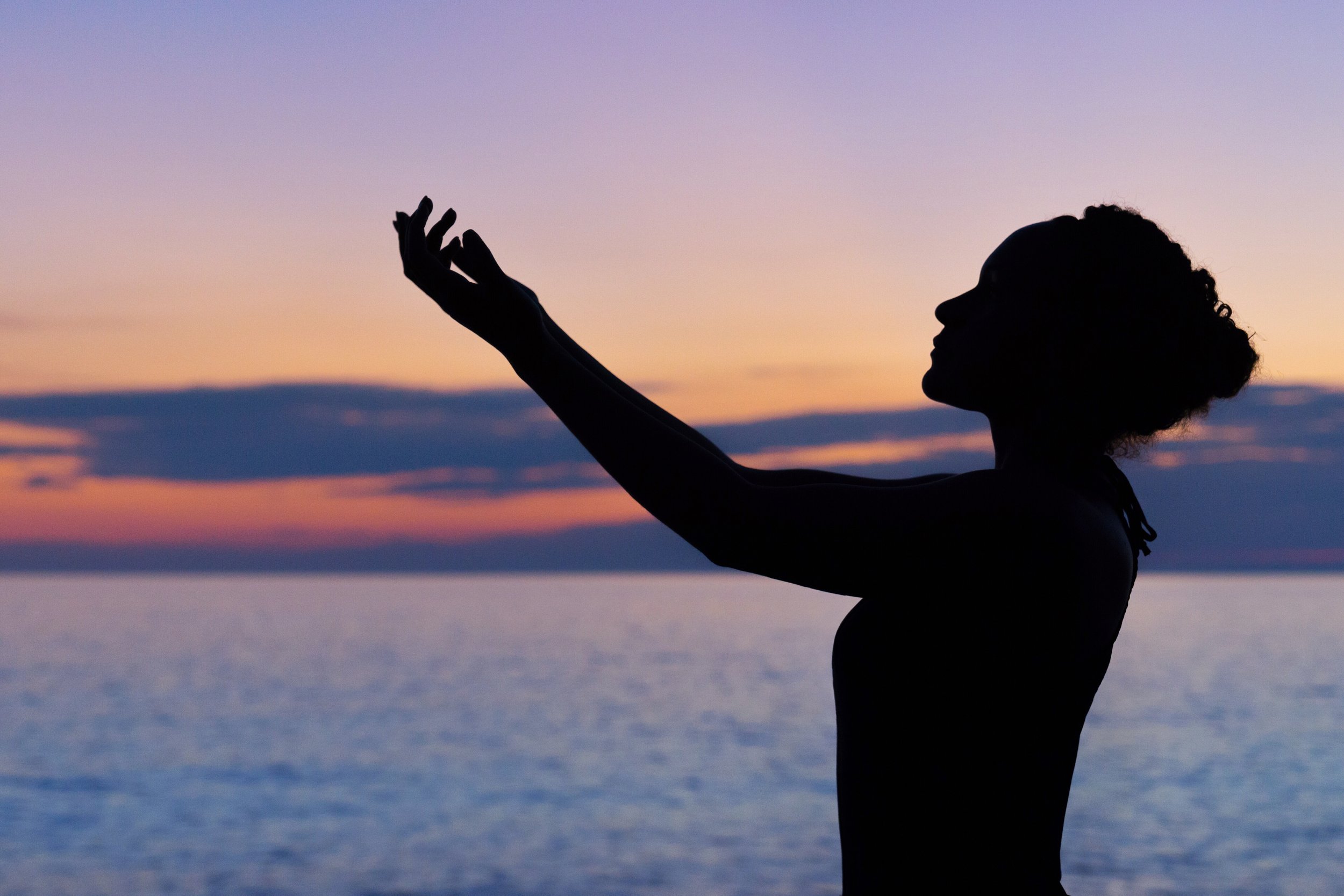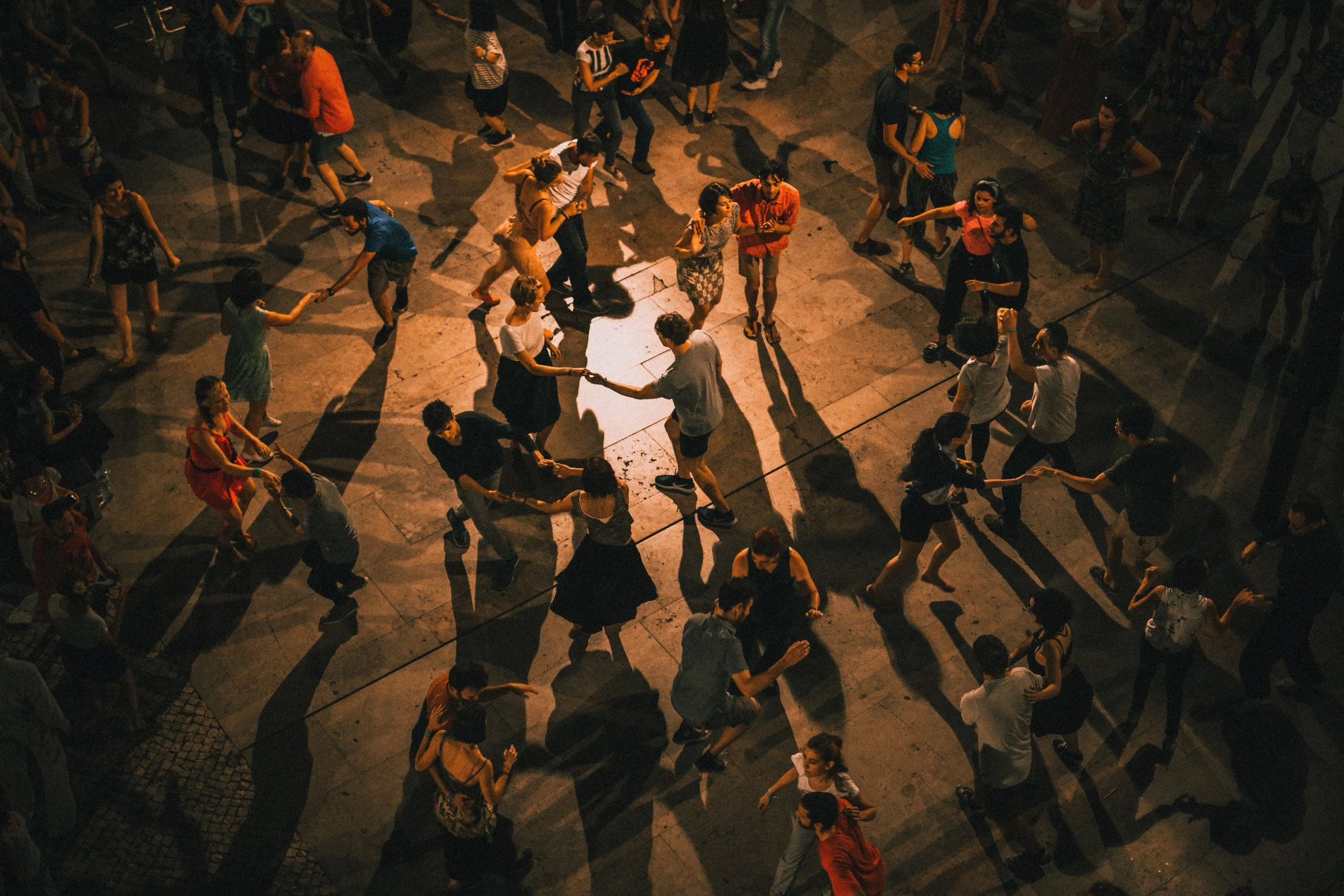Between Science and Magic
Over the years, much focus has been placed on the impressionistic elements of tango. Centuries’ worth of literature tell of the spellbinding effect that it can have on viewers and practitioners from all backgrounds, cultures, and experiences. But even a dance that registers as an ephemeral, even magical phenomenon by performers and enthusiasts alike can still be analyzed from a scientific perspective – and therein, a new lens of appreciation for the artform can be found.
Formal scientific inquiry into the health benefits of dance isn’t exactly a new concept. In a 21-year study of senior citizens by New York’s Albert Einstein College of medicine, dance was found to be the only physical activity directly associated with a lower risk of dementia, beating out cycling and swimming, and rivaling similarly powerful cognitive activities like reading and doing crossword puzzles. Activities requiring physical exertion, like dancing, promote plasticity in the brain, allowing for new neural pathways to be forged and reinforcing existing ones.
What appears to set tango apart, especially in the context of health, is the improvisational nature of its porteño roots. While choreographed Argentine tango is as venerable and worthy of admiration as any other style, it is the freewheeling and instinctive nature of its original iteration that seems to have the greatest psychological benefits. According to dance historian Richard Powers, “freestyle dancing requires constant split-second, rapid-fire decision making, which is the key to maintaining intelligence because it forces your brain to regularly rewire its neural pathways, giving you greater cognitive reserve and increased complexity of neuronal synapses.”
While tango can’t always be ‘freestyle’ in the conventional sense (dancing with a partner is unlike, say, tearing up the kitchen floor all by yourself), the implementation of learned techniques into a collaborative improvisation allows both dance partners to focus less on how they’re doing and more on what they’re doing. As Powers suggests, the sheer mental presence required to improvise a tango with a partner compels a dancer to think less and act on instinct, forcing the brain to work accordingly from moment to moment, from step to step.
If this continuous emphasis on the present sounds familiar, it should. Mindfulness, which has roots in meditative practices from Hinduism and Buddhism among others, is the practice of bringing one’s full attention to the present moment, without evaluation or rumination.
In another study from the Australian University of New England, Argentine tango was specifically compared to mindful meditation as an effective treatment for depression, anxiety, and overall stress. Not only was tango found to ‘significantly reduce’ stress levels compared to mindful meditation, test subjects who danced tango and meditated actually enjoyed greater stress relief than those who did not dance. Pending further trials, the study concluded that the practices of mindful meditation and Argentine tango could be used in conjunction to treat severe depression or stress.
As said above, much adulation has been heaped upon tango by enthusiasts and practitioners alike (and none more than by myself and this publication). Though it’s still relatively early days for additional formal analysis of tango’s benefits, generations and generations of porteños can’t be wrong – just as tango reflects life, it seems to be able to sustain it as well.



